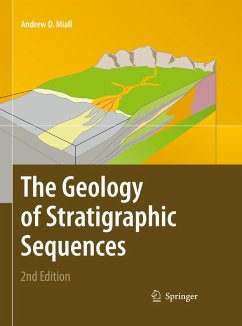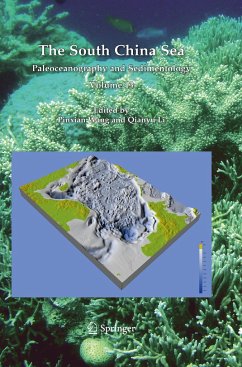
The Geology of Stratigraphic Sequences
Versandkostenfrei!
Versandfertig in 6-10 Tagen
77,99 €
inkl. MwSt.
Weitere Ausgaben:

PAYBACK Punkte
39 °P sammeln!
It has been more than a decade since the appearance of the First Edition of this book. Much progress has been made, but some controversies remain. The original ideas of Sloss and of Vail (building on the early work of Blackwelder, Grabau, Ulrich, Levorsen and others) that the stratigraphic record could be subdivided into sequences, and that these sequences store essential information about basin-forming and subsidence processes, remains as powerful an idea as when it was first formulated. The definition and mapping of sequences has become a standard part of the basin analysis process. The main...
It has been more than a decade since the appearance of the First Edition of this book. Much progress has been made, but some controversies remain. The original ideas of Sloss and of Vail (building on the early work of Blackwelder, Grabau, Ulrich, Levorsen and others) that the stratigraphic record could be subdivided into sequences, and that these sequences store essential information about basin-forming and subsidence processes, remains as powerful an idea as when it was first formulated. The definition and mapping of sequences has become a standard part of the basin analysis process. The main purpose of this book remains the same as it was for the first edition, that is, to situate sequences within the broader context of geological processes, and to answer the question: why do sequences form? Geoscientists might thereby be better equipped to extract the maximum information from the record of sequences in a given basin or region. Tectonic, climatic and other mechanisms are the generating mechanisms for sequences ranging over a wide range of times scales, from hundreds of millions of years to the high-frequency sequences formed by cyclic processes lasting a few tens of thousands of years












